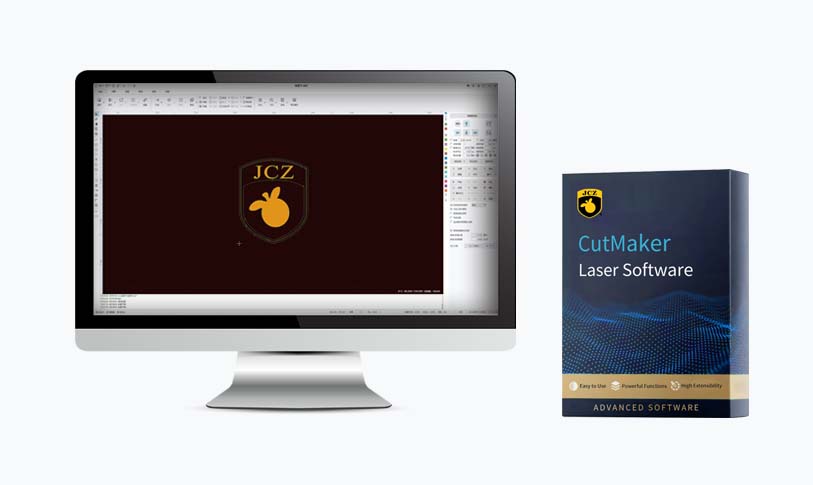****
In today’s competitive manufacturing landscape, efficiency and accuracy are paramount. As businesses strive to optimize their production processes and enhance product traceability, fiber marking machines have emerged as a crucial technology. This cutting-edge equipment provides significant advantages in terms of precision, speed, and versatility, making it an ideal solution for various industries, including automotive, aerospace, electronics, and medical devices. In this article, we will delve into the functionality, benefits, and applications of fiber marking machines, shedding light on why they are becoming essential tools for manufacturers.
What is a Fiber Marking Machine?
A fiber marking machine is a high-tech device that utilizes laser technology to engrave, etch, or mark materials. The “fiber” in its name refers to the type of laser source it uses: fiber lasers. These lasers are created by drawing light through a glass fiber doped with rare-earth elements. This technology is known for producing high-quality, precise markings on various materials, including metals, plastics, and ceramics.
How Fiber Marking Machines Work
The operation of a fiber marking machine is relatively straightforward. It comprises several key components, including a fiber laser source, a galvanometer (which directs the laser beam), and a computer system that controls the marking process. The machine receives data from the computer, directing the laser to move in specific patterns to create designs, logos, serial numbers, barcodes, or any other required markings.
One of the standout features of fiber marking machines is their ability to produce high-contrast, durable markings. The laser energy interacts with the surface of the material, resulting in an engraved design that is resistant to wear, abrasion, and corrosion. Unlike traditional marking methods, such as ink or stickers, laser markings don’t fade over time, ensuring long-lasting identification.
Advantages of Fiber Marking Machines
1. **Precision and Accuracy**: With a fiber marking machine, manufacturers can achieve highly detailed markings with tight tolerances. This precision ensures that barcodes and serial numbers can be read easily by scanners, reducing errors in product identification.
2. **Speed**: Fiber marking machines operate at high speeds, making them efficient for mass production environments. They can mark surfaces much faster than traditional methods, thereby increasing overall throughput and reducing production time.
3. **Versatility**: These machines can work on a variety of materials, including metals (like steel and aluminum), plastics, composites, and even some ceramics. This versatility allows manufacturers to use fiber marking technology across multiple applications without the need for different machines.
4. **Low Maintenance**: Fiber lasers are known for their longevity and reliability. Unlike CO2 lasers, fiber lasers require less maintenance and have fewer components that can break down, resulting in lower operational costs over time.
5. **Environmentally Friendly**: Fiber marking does not involve hazardous chemicals or inks. The process is clean and produces minimal waste, making it an eco-friendly option for companies looking to reduce their environmental impact.
6. **Cost-Effectiveness**: While the initial investment for a fiber marking machine may be higher than conventional marking machines, the long-term savings in maintenance, consumables, and operational efficiency make it a smart investment for many businesses.
Applications of Fiber Marking Machines

Enhancing Productivity and Precision in Manufacturing: Exploring the Benefits of Fiber Marking Machines
The flexibility offered by fiber marking machines has opened the door for numerous applications across various industries. Here are a few notable uses:

Enhancing Productivity and Precision in Manufacturing: Exploring the Benefits of Fiber Marking Machines
– **Automotive Industry**: Fiber marking is used for marking VIN numbers, logos, and part numbers on vehicle components, ensuring each part is traceable throughout its lifecycle.

Enhancing Productivity and Precision in Manufacturing: Exploring the Benefits of Fiber Marking Machines
– **Aerospace Industry**: Components need precise identification due to the unique specifications and stringent safety regulations. Fiber marking machines provide the necessary accuracy.
– **Electronics**: Fiber marking is ideal for creating identifiers on circuit boards and other electronic components, ensuring they meet compliance standards.
– **Medical Devices**: In the medical field, marking is crucial for product identification, making fiber marking indispensable for labeling surgical instruments and implants.
Conclusion
Fiber marking machines are revolutionizing the way manufacturers approach marking and engraving processes. Their precision, speed, versatility, and eco-friendliness present compelling reasons for businesses to consider integrating this technology into their operations. As industries continue to evolve and demand higher standards for product tracking and identification, fiber marking machines are likely to play a pivotal role in the manufacturing sector for years to come. Investing in this technology isn’t just about keeping pace; it’s about staying ahead of the competition.fiber laser engraver



